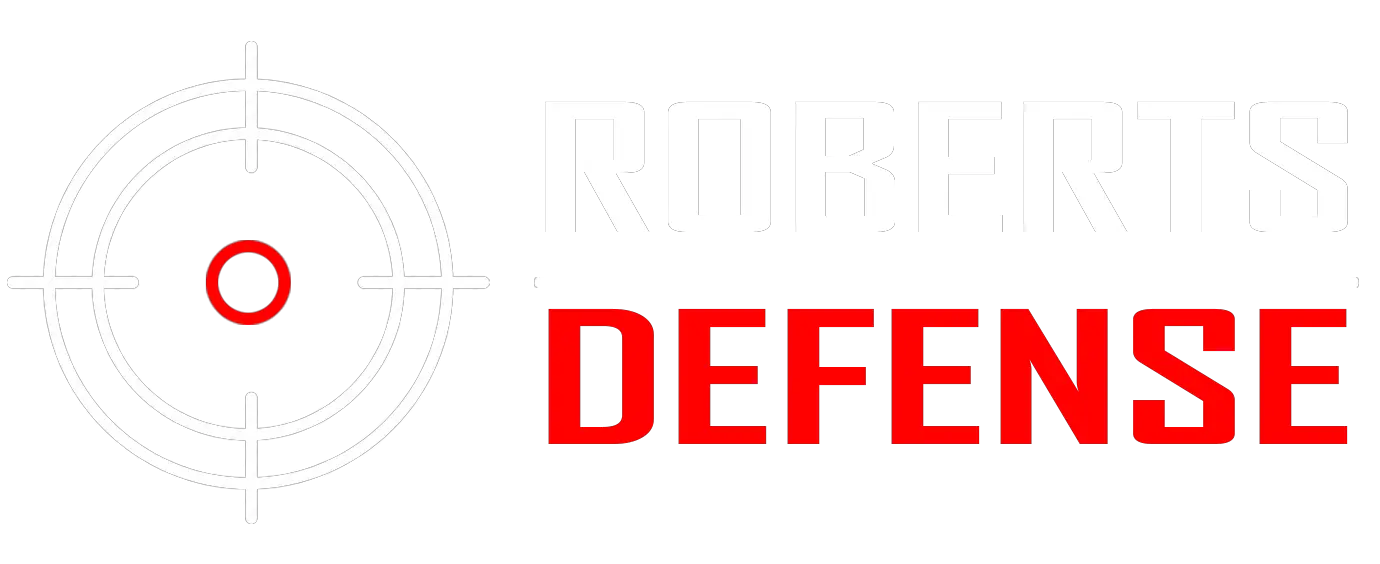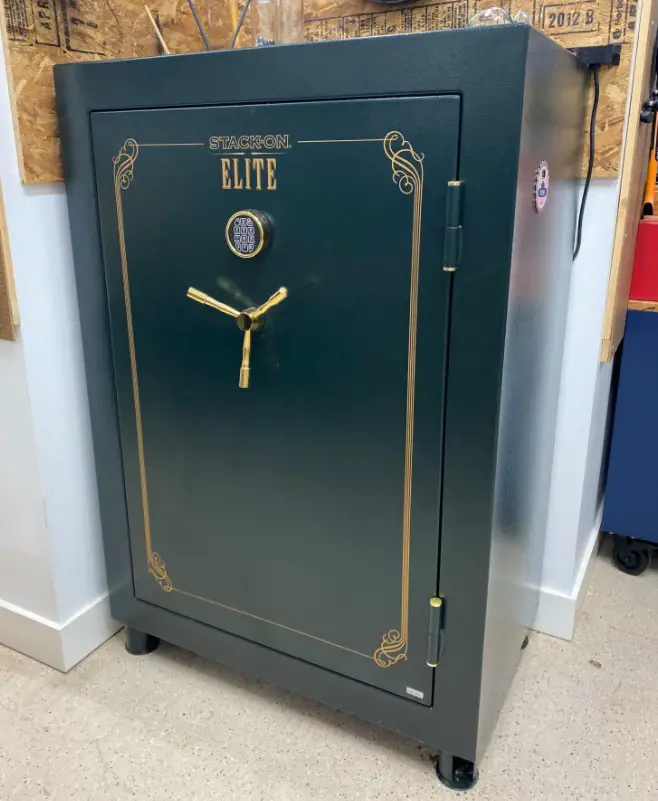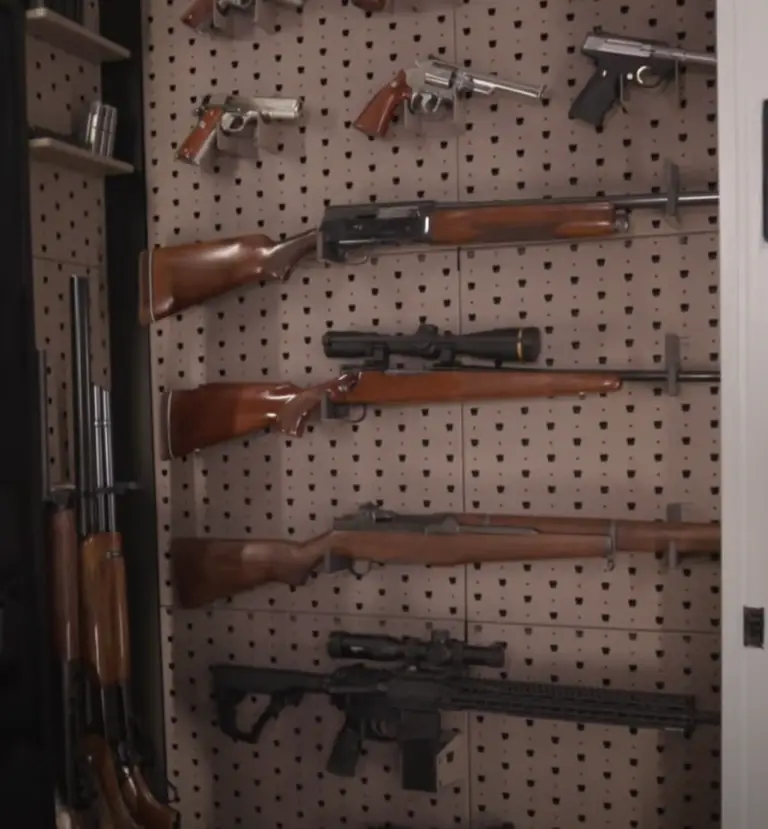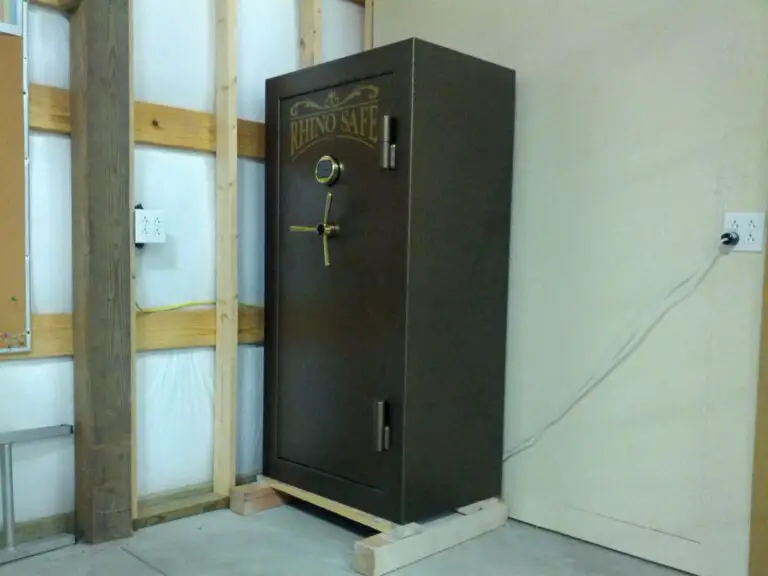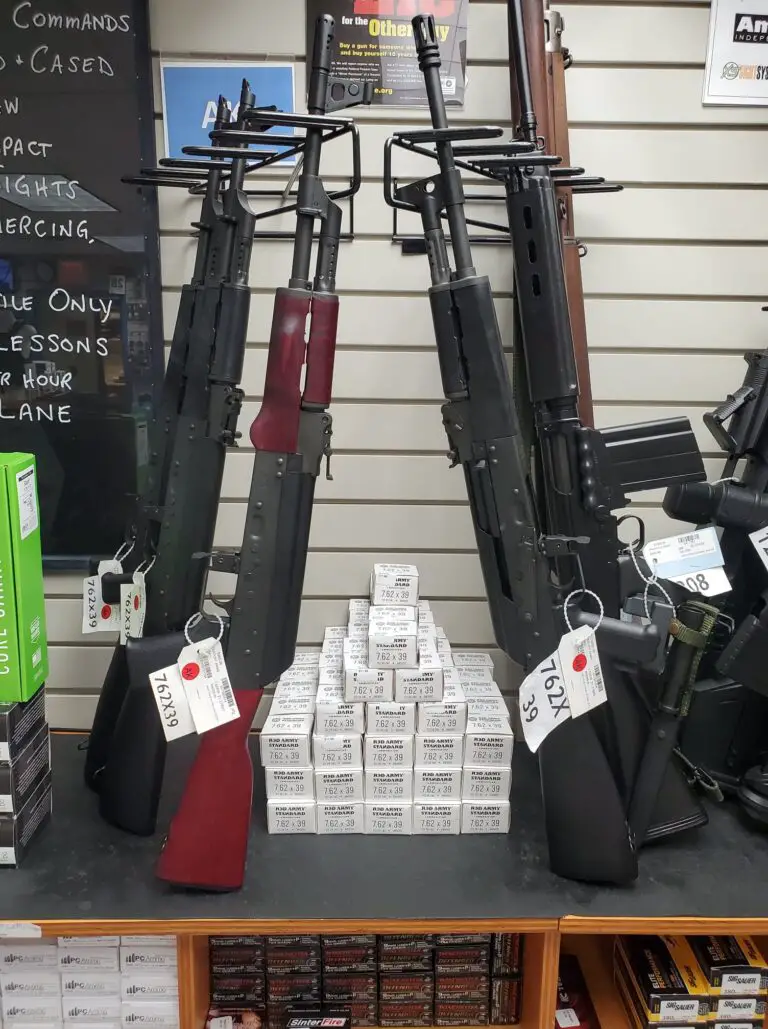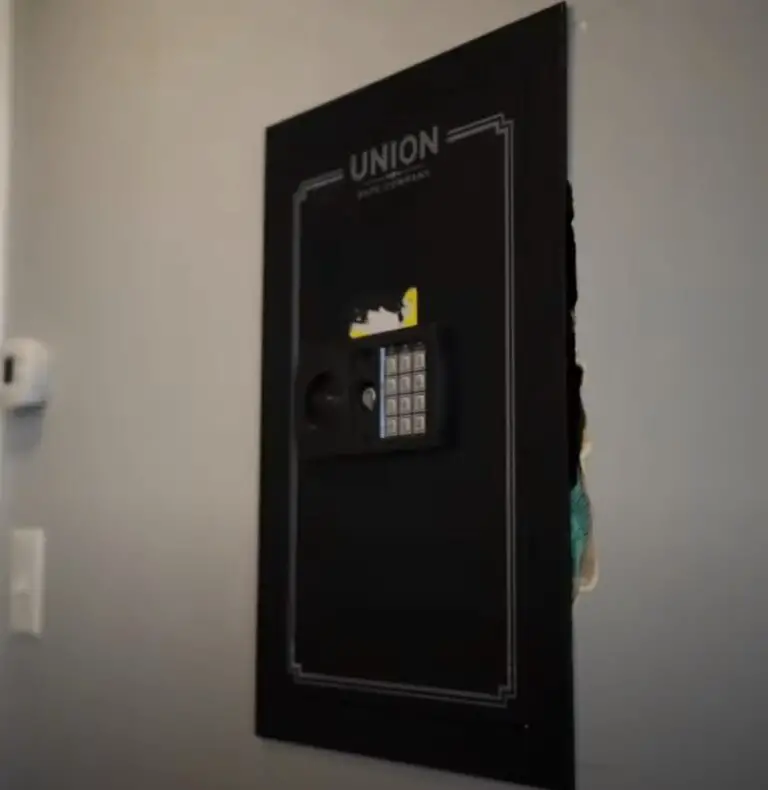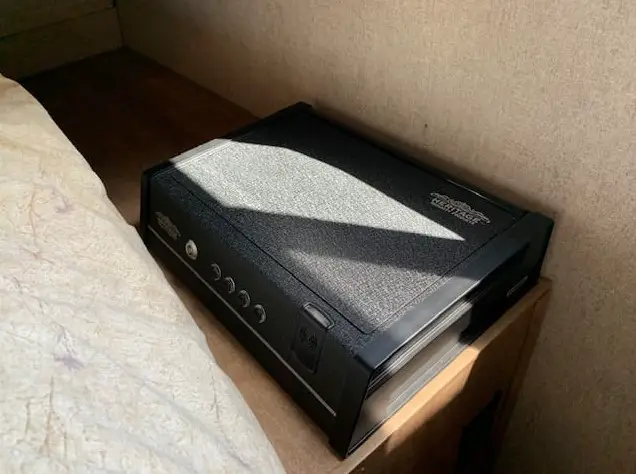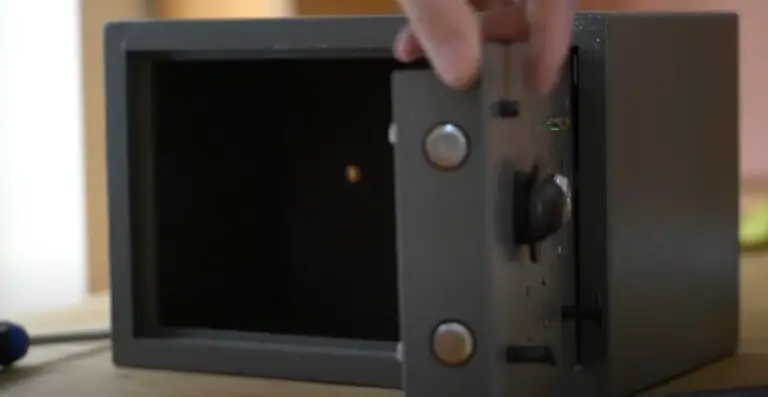Do You Really Need A Gun Safe?
For determining how much safe you need, it’s crucial to consider the value of your guns and valuables. The total value of the items on your list should match the replacement value.
List all the firearms you have. Afterward, make a list of all the guns you want. To this list, please include all mountings such as scopes, rings, grips, bi-pods, fore-ends, and other accessories you have on your weapons.
In addition, you can also put any extra grips, bipods, magazines, and other unmounted accessories you wish to put into your gun safe.
You should make a list ahead of time of other valuable items you would like to store there. You will need more space if you put these valuables inside a gun safe in addition to the fire safe.
This will narrow down your choices for what kind of gun safe you need if you plan to store your concealed carry gun and or a home defense weapon in the safe.
Your gun safe can be opened every couple of months if you plan only to use it a few times a year. Too distant or slow-to-open safes are seldom used if they’re far away from common living areas.
Be prepared ahead of time if you need the items inside every day or every week. Will your gun safe also serves as a home insurance policy in your bedroom, or do you need a separate handgun safe?
A Brief History Of Gun Safes
Since Julius Cesar’s time, safes have existed in some form or other. The first fireproof safe was patented in 1826 by Jesse Delano, though it is sometimes disputed.
Silas Herring’s gun safe designs of the 1850s formed the foundation of the modern portable gun safe. To make the fireproof safe, he used steel and plaster. There is something intriguing and frustrating about the fact that gun safes today do not meet the standards of Herring’s design from 1850.
Increasing profit margins and price pressures have caused the entire industry to move away from fire-rated safes. UL (Underwriter’s Laboratories) issued “RSCs” are residential security containers and are not safe, commonly referred to as gun safes.
“Safes” such as “Liberty,” “Winchester,” and “Browning” are available at all big chains. Your guess is correct, of course. UL’s Safe classification standard was not preferred, so the industry created RSC – a special container called a residential security container.
What Is An RSC (Residential Security Container)?
With simple, non-powered hand tools, an attacker can forcefully open an RSC-rated container (gun cabinet) for up to five minutes. Screwdrivers, hammers (must weigh less than 3 lb), and pry bars (should be less than 18 inches long) are allowed.
Neither power tools nor attacks lasting more than five minutes are rated for RSC containers. Threat levels in 1850 were addressed with this security.
An electric grinder charged by batteries can chop up a Residential Security Container (“gun safe”) into two halves in under 15 minutes. It will take less than three minutes to complete the job with a portable plasma cutter. Because of its weight, people assume it is safe.
Gun Safe Capacity
How can you trust a safe manufacturer when they claim a capacity of 30 guns for a gun safe (RSC)? Keep in mind that the RSC won’t even hold close to 30 guns. There is either a lack of intelligence or a belief that their customers are not intelligent.
One of America’s biggest safe companies’ VP of national sales described it as the “industry’s little white lie”. Despite the difference in how many guns can fit in a safe, most manufacturers state the capacity of the safe based on how many slots the safe can hold.
We tested safes from a number of manufacturers and discovered that the capacity of traditional guns was about half of what the manufacturers claimed. This capacity drops even more when sporting rifles are included.
We purchased a steelwater gun safe with 29 openings and fit only 11 modern rifles, so they were packed together and hitting each other. It’s a shame that gun safes have capacity.
Gun Safe Are Too Deep
To reassure you that the cabinet is secure, manufacturers make heavy, complicated doors and lock systems. It is so heavy that the cabinet needs to be deep to accommodate the doors.
Adding a deep enough base to ensure that the cabinet does not topple over when opened after the door is opened. It is counterproductive to store guns at this depth properly. There are too many guns on hand, and you have to reach the rifles tucked away in the back by digging through.
So, Do You Need A So-Called “Gun Safe” Or RSC?
In most cases, the answer is no.It may make you feel more comfortable knowing your rifles are stored in a big 1200 lb. gun safe. There may be a product that meets your needs if you have an ape in your basement.
Although both theft and fire are protected against smoke and mirrors, you have to understand that both are merely a mirage. Because these things weigh 1200lbs, there is a false perception that they are safe and secure.
These so-called “gun safes” (RSC) are essentially no safer than a simple steel cabinet with a fire rating. Manufacturers have simply made up this certification and oversold it. This decision must be seriously questioned.
- The cost of moving them is very high.
- Their design makes them corrosive to your guns.
- There is no proper storage for precision rifles.
- It would be foolish to put a safe in an upstairs location in an older home because it might not hold its weight.
So, what do you do?
Steel gun cabinets can be found on the market for an extremely low price. Guns can be stored with products like Stack-On. Their interiors look like gun safes, though their locking system is very basic.
Due to this, you’ll suffer from inefficient and detrimental storage issues as well. Why should you be tethered to a 1200lb gorilla in today’s modern, mobile, and fast-paced society?
Your life will have its own parking space, and you will eventually leave it behind. If not, every time it needs to be moved. It will be time-consuming, expensive, and require a lot of work.
The materials used in its construction are corrosive and can destroy firearms, and it offers no additional security to lighter, easier-to-handle cabinets. Nevertheless, I just want to keep my weapons away from children and burglars for my own safety. What would you recommend?
It is possible to lock up your guns in a number of ways. Unlike a gun safe, they are usually less expensive and more reliable:
If you want a toolbox for your job site, it’s cheaper to buy one. Gun safes cost about twice as much and aren’t as secure as toolboxes with the same steel thickness.
If a gun safe is purchased in the future, it can also be used or sold for other purposes. Create a closet gun safe or vault by enlarging a closet. As well as reloading and tool storage, it is a good place to store ammunition.
Create a concealed gun safe or buy one. You can get a cheap gun safe from a used office furniture store by purchasing a locking horizontal file cabinet.
What Is The Cost Of A Good Gun Safe?
If you are patient and can wait for a good deal, you can usually find a used gun safe for less than $1,000. In the case of a lighter (under 500 lbs.) gun safe, you can move it yourself. Otherwise, you’ll have to pay for installation and moving unless you’re brave and want to move a 2,000 lbs safe yourself. You can buy a decent safe for under $100, where you won’t have to worry about some of those other costs.
The following price ranges are recommendations if you cannot wait for a used gun safe or if you need a new one:
- A brand-new gun safe costs around $1000 for minimal protection. Around $1,200 is the starting price for American-made models.
- The residential security containers will be rated as UL Residential Security Container Attack Level I (RSC-I).
Based on independent testing, it would take one burglar about five minutes to break in using basic hand tools (shorter than 18′′). An axe and real pry bars can get two burglars inside within a few minutes.
It will be easier to use power tools. It may take well over an hour for an installation to go well if the location is good. If you don’t install the system yourself, you’ll need to spend another 10 to 30% on shipping and installation.
Rounding Up
Depending on the size and fire protection, you’ll need to spend $100 to $5,000 for a new safe that can’t be opened with pry bars, axes, or other brute force techniques.
Power tools designed to cut metal can still be used with these, but not common household tools. With power tools that cut through metals, a burglar has the ability to break in in minutes to hours, depending on installation and location.
This group is heavier, so moving them costs more. Shipment and installation costs should be added between 10 and 50%.To defeat metal-cutting power tools, a true safe will be required.
A modern gun safe can cost anywhere from $2,000 to $15,000 brand new, depending on the size, the level of security, and the fire protection. It’s not uncommon for machines like this to weigh in the hundreds of pounds, so transport and installation should be added to that weight.
